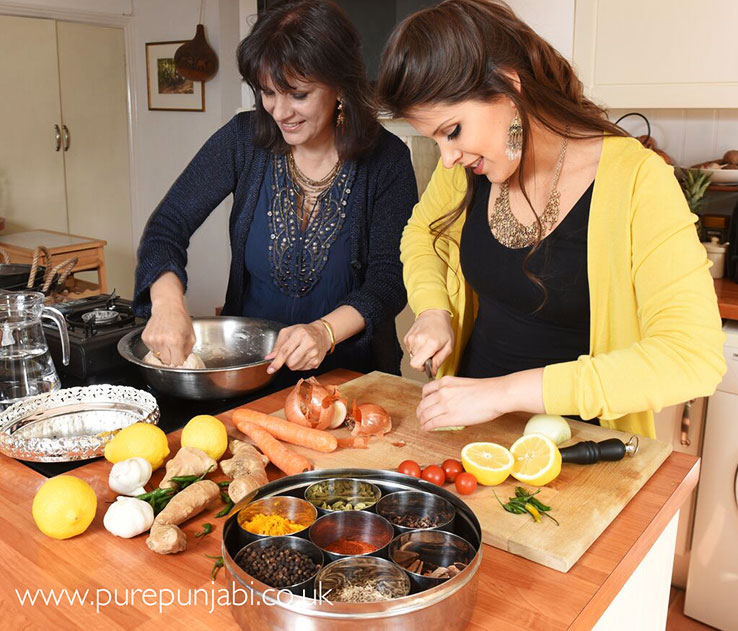By Safia Hothi-Bellamy of Pure Punjabi
Growing up predominately within an Indian vegetarian culture, I grew up with every variety of dhal cooked all year round. Having meat-free Mondays or ‘anydays’ was completely normal and I cannot imagine a diet without pulses. The versatility and variety of pulses, and the fact that they are so great for carrying other flavours, means the choice of both savoury and sweet dishes is endless.
Cooking with pulses is great for wheat free, gluten free, dairy free, egg free, nut free and vegan friends and family. You can feed so many people cheaply, nutritiously and healthily as they are a great source of vegetarian protein, soluble fibre, and B1, B2 and B3. A meal of rice or wholemeal flatbread with pulses contains a complete set of amino acids. Growing crops, requires less land and far less water than meat production. Eating pulses is far more sustainable, and therefore kinder to the planet.
Here are my top 4 tips for incorporating pulses into your cookery:
- Flour: The most versatile is chickpea flour/gram flour, used in a huge variety of dishes. You can even make pasta, giving you a wheat/gluten free, protein-rich alternative.
- Tofu is a great replacement for cream cheese; use it in the same quantity, making the dish the day before you want to eat it so that the flavours can fully develop overnight.
- Introduce pulses into your diet by combining with meat dishes. This is a really cost-effective way of cooking. When making Bolognese, Shepherd’s Pie or Chilli Con Carne, I halve the quantity of red meat and replace it with green lentils, red spilt lentils and kidney beans, so essentially reducing meat by 50%.
- Dhal can be made using any type of pulse. In the summer, I eat sprouted beans and lentils. They make a great addition to salads, in terms of texture and adding a vegetarian source of protein (making the salad more filling).

